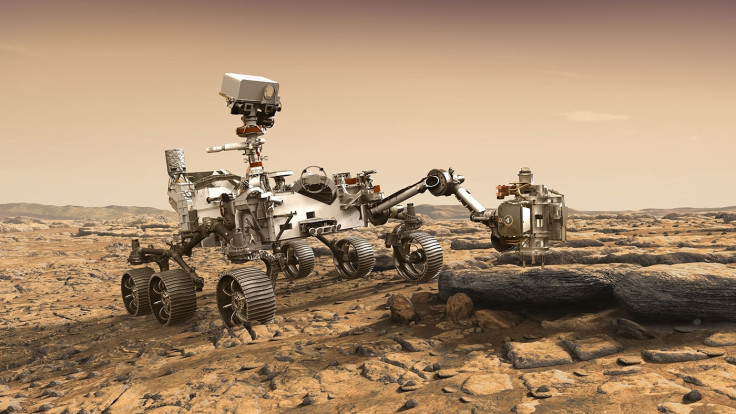Life on Mars: Alien fossils on Red Planet? NASA to examine
Mars 2020 rover to be launched in July 2020 in search of alien life on red planet.
The possibility of life on Mars is a subject of great interest among scientists and astrophysicists. For decades, researchers have been looking for evidence of ancient life on the red planet. However, there is no definitive answer yet. Nevertheless, scientists at NASA might be getting closer to finding the truth.
According to Independent, the space agency that has spearheaded hundreds of space missions in the past is reportedly nearing completion building a rover that will explore the Martian surface in an attempt to search for alien fossils, the proof that ancient life once existed on the planet. The rover is not only designed to search for ancient evidence, but also to discover whether life is possible on the planet in the future.
The rover is yet to be named and will receive one only next year, upon its completion. As per the report, in February 2020, NASA will dispatch the rover to Florida's Kennedy Space Centre where it will be assembled. In July, the launch will take place and it will be sent to a "dry lakebed" on Mars. The region is said to be bigger than the island of Manhattan.
It is said to be a four-wheeled, car-sized rover. It will be scrutinising Mars' Jezero Crater, an 820-foot-deep (250-meter-deep) crater. The choice of location is based on a belief that earlier the place had a lake the size of Lake Tahoe. In addition, the crater houses several sediments that could assist in the study of ancient life forms on the Martian land. Among these sediments, there are some deposits said to be as old as 3.5 billion years, possibly home to fossils of Mars life. The landing will reportedly take place in February 2021.
"The trick, though, is that we're looking for trace levels of chemicals from billions of years ago on Mars," Mars 2020 deputy project manager Matt Wallace told Reuters.
The mission attempts the rover to collect a maximum of 30 soil samples and return to Earth with the help of future spacecraft for further examination by NASA.
"Once we have a sufficient set, we'll put them down on the ground, and another mission, which we hope to launch in 2026, will come, land on the surface, collect those samples and put them into a rocket, basically," Wallace explained.

This will be the first time humans will be able to bring home Martian sediments. Meanwhile, Mars 2020 will be NASA's fifth Martian rover to have landed and studied Mars's surface.
© Copyright IBTimes 2025. All rights reserved.





















